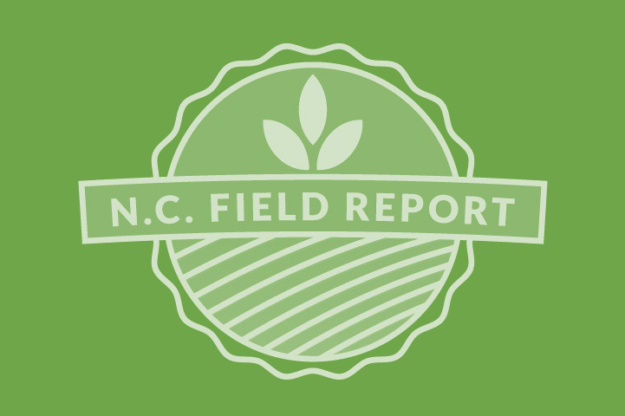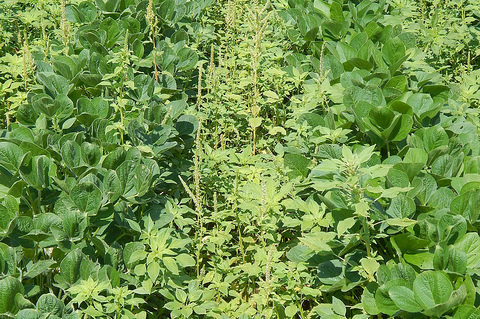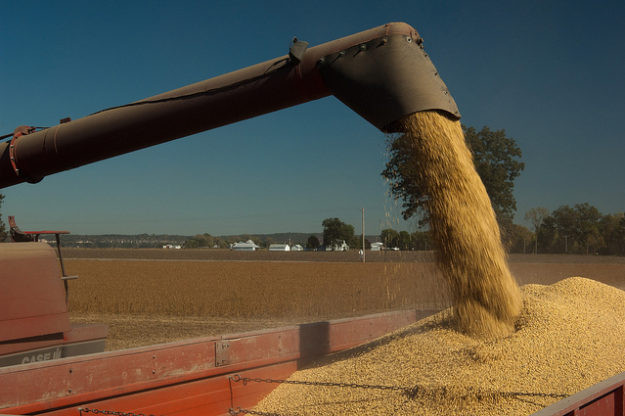PhiloSOYphy Website Busts Soy Myths
In today’s world, myths about agriculture are plentiful. Soy Connection produced videos to bust common soy myths and address health professionals’ top concerns surrounding soy, including risk of breast cancer, feminization in men and genetically engineered crops. The videos, which feature USB Sustainability Target Area Coordinator Nancy Kavazanjian (Wisconsin) and soy health expert Mark Messina,…
Details









